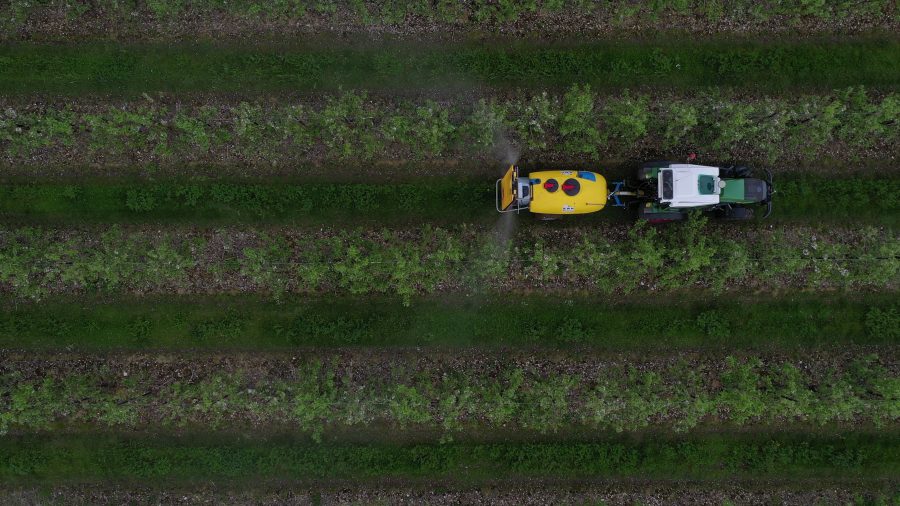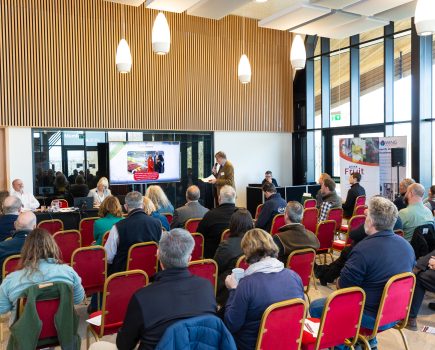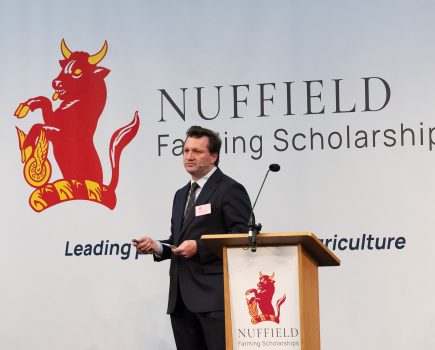New research could transform the tree fruit industry by developing a commercially viable system for precisely targeting orchard inputs.
The Precision Orchard Management for the Environment (POME) project is a four-year, £4.5 million project that will see cutting-edge technologies used to analyse fruit trees in fine detail, allowing inputs to be targeted in a way that has never been seen before in UK orchards.
Led by the crop advisory company Hutchinsons, with a range of commercial and academic partners including NIAB, the POME project is co-funded by Innovate UK, Defra and the commercial partners. NIAB is the academic lead across two main areas of research, with £734,000 funding. The new technologies being developed will be comprehensively field tested by NIAB, before being further tested on commercial farms. The trials will assess any improvements to application, benefits to the environment, and savings in plant protection products from using the new systems in orchards.
NIAB will also develop new artificial intelligence (AI) powered methods to precisely map tree characteristics from the air and advanced analytic techniques to fuse multi-source data, so that meaningful phenotypic information could be extracted from the big orchard datasets. This work will mean orchards can be mapped and analysed faster and in higher detail than ever before.
NIAB’s Dr Charles Whitfield is leading the trials work. He explains that the technologies and systems being developed will allow UK growers to reach new levels of production efficiency, whilst also reducing the environmental impact of crop protection. “New remote sensing and positioning technology enables trees to be analysed and mapped in detail, whilst variable rate application technology means crops can be targeted with high precision. This project will benefit growers, consumers, and the local environment. The positioning systems, sensors and data handling are being designed to enable millimetre accurate 3D mapping. The yield prediction system will be per tree and the precision spray machinery will be able to dose individual trees and sub-sections of trees.”
Professor Ji Zhou, Head of Data Sciences at NIAB, is leading the aerial mapping and analytics work. He highlights how, through the POME project, NIAB will address two challenging questions that are puzzling precision orchard management in the UK. “First, the ability to integrate multi-dimensional data from multiple sources such as LiDAR, drone, ground-based sensors, and ground-truthing to provide a more comprehensive and accurate representation of orchard production systems. And then after combing diverse datasets, we will lead and work with other project partners to develop AI-powered solutions to derive more meaningful insights from the big datasets in near real time, enabling UK growers to make more informed decisions in production, whilst reducing environmental inputs,” finishes Professor Zhou.







